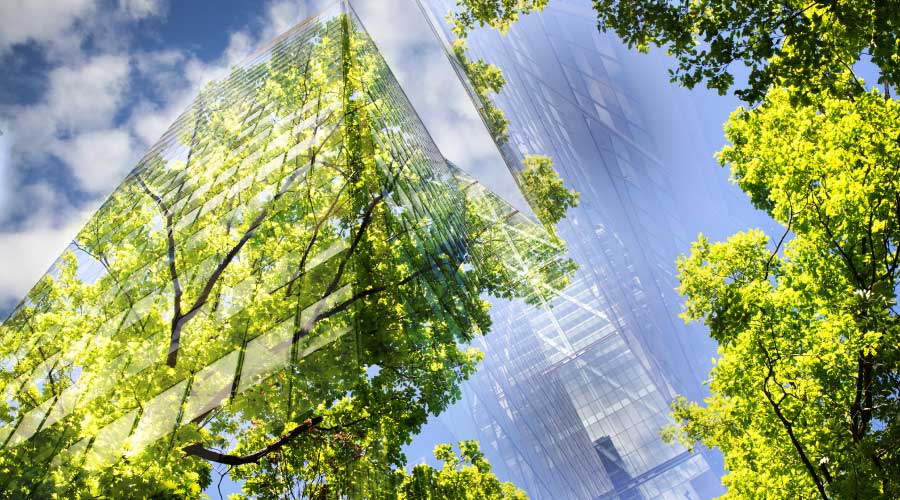Deep Energy Retrofits Offer Cost Savings As Well As Health, Productivity, And Risk Mitigation Benefits
The real estate industry is at a crossroads. Improved products, technology, design, and engineering have made deep energy retrofits technically possible in a broad range of properties. Deep energy retrofits achieve bigger utility cost savings coupled with health, productivity, and risk mitigation benefits, driving much larger energy savings (more than 50 percent) than conventional, shallow retrofits.
Deep energy retrofits go beyond simply a system or two to take a whole-building view of projects that can offer increased efficiency and cost savings. However, without explicit consideration of value and risk in investment decisions, critically needed deep energy retrofits will remain constrained, an unacceptable result for society and profit-maximizing investors.
Today, most retrofit investors ignore the value created by retrofits, instead basing their retrofit decisions on simple payback of energy costs, with an average allowable payback period of only 3.4 years, according to a recent study. Even current industry best practice analysis (like a life cycle cost analysis, for instance) only incorporates energy cost savings, operating cost reductions, and in some cases, cost avoidance over the life of improvements, while still largely, if not completely, ignoring value and risk.
The industry's recalcitrance to move beyond reliance on energy cost savings in making retrofit decisions, while perhaps logical in the past given perceived execution risks, has become an economic liability for owner occupants and investors, most of whom understand the value of sustainable property investment derived from health and productivity benefits, enhanced company reputation and leadership, cost savings, and company risk reduction.
Fortunately, improved methods and practices for calculating and presenting the value and risk of sustainable property investment are emerging in concert with a growing array of retrofit finance options. Together, these developments provide a foundation to scale the adoption of deep energy and sustainability retrofits, taking advantage of the significant technical innovations that have occurred in recent years in the sustainable product and service sectors.
Innovations in Deep Retrofit Valuation
A growing body of statistical evidence suggests rent premiums of 3 to 6 percent and sales price premiums of up to 10 percent or more for investor-owned green office buildings, as well as health, productivity, and recruiting advantages for occupants of sustainable properties. However, authoritative guidance on how to calculate and present the value of sustainable investment for specific property retrofit decisions has been sorely lacking.
As might be expected, given the almost exclusive focus on energy cost-savings as the basis for approving capital for retrofits, most of the effort, and money, has gone to ensure energy transparency and disclosure in buildings, to standardize definition and measurement of energy use and cost, and to support other related activities. The scientific, design, and engineering communities have focused on measuring the energy savings of specific energy efficiency measures like lighting and controls, daylighting, and HVAC systems; sustainable processes such as commissioning; and various operations and maintenance strategies. Hundreds of studies have focused on the relationship between specific sustainability or energy efficiency measures and various individual health and productivity outcomes.
The academic real estate community's major thrust in evaluating how sustainability and energy efficiency affect property valuation began in November 2007, when Norm Miller, Andy Florance, and Jay Spivey published "Does Green Pay Off?"and continued through 2012 with studies such as "The Economics of Green Retrofits"by Nils Kok, Norm Miller and Peter Morris. These statistical-based studies quantified the link between sustainability and property value, but are designed to test the relationship between sustainability and value, not provide guidance on how to calculate and present the value of deep retrofits.
More Info: Many of the studies and data cited in this article can be found in more complete detail in a report titled "Value Beyond Cost Savings: How to Underwrite Sustainable Properties."
Download the document for free: http://bit.ly/q4ZcUq
Additional cited studies can be found at the Green Building Finance Consortium Research Library. Search codes 15.71
and 15.72. www.GreenBuildingFC.com
Related Topics:














